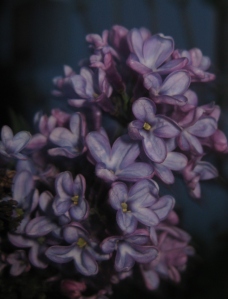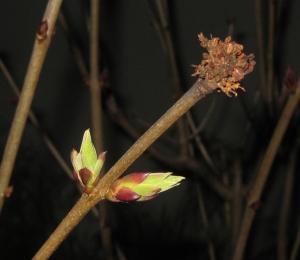This is a snowflake. It reminds me of a remarkable type of sea cucumber spicule, or ossicle, a "table," diagnostic of Holothuria atra, a common black sea cucumber in Micronesia. I'm searching for a good photo of these spicules, to compare with this snowflake. Meanwhile, John Starmer sent a pointer to a blog with a photo of tables, attributed to François Michonneau/FLMNH, licensed under the Creative Commons license. Another SEM shot from the same blog is of Stichopus sp.
The snowflake is featured is found at the site of a collection of snowflake photos.
 | ||
| This type of snowflake is a "Capped Column"
Draw your own conclusions.
|
 |
| Stichopus ossicles |
 | |
| Ossicles of Holothuria nigralutea, on the left, and Holothuria edulis. |


